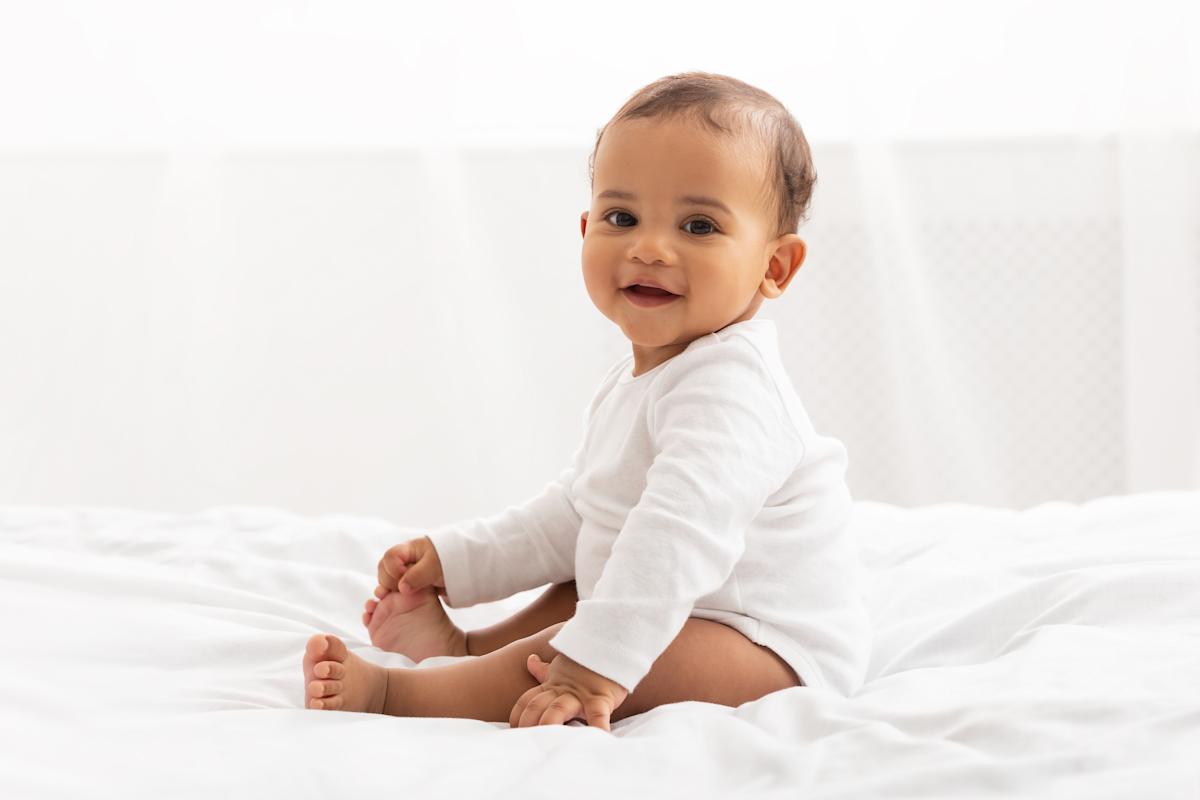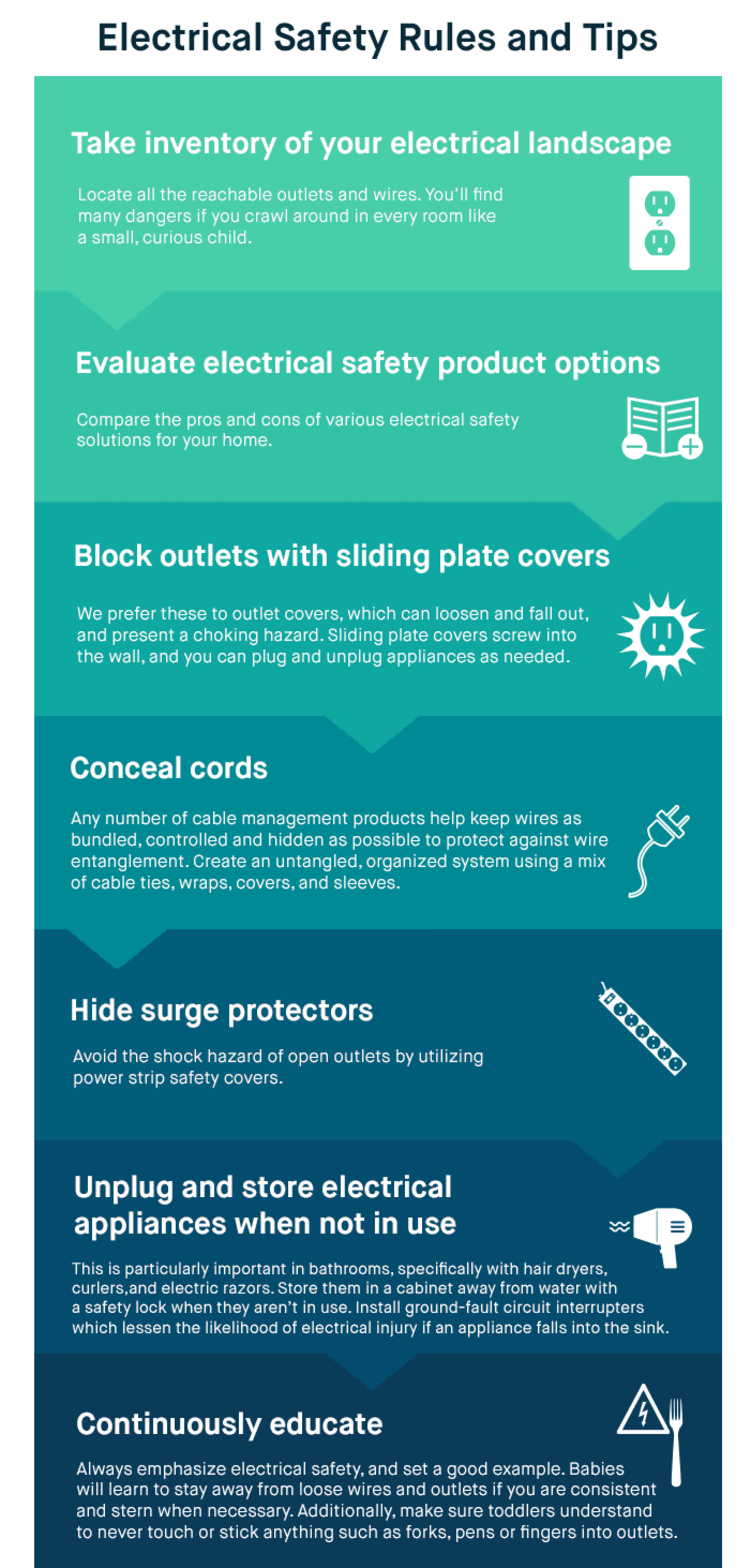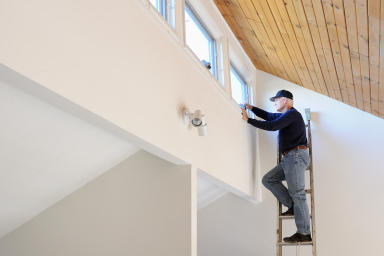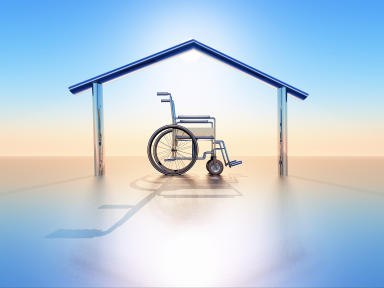Baby Proofing and Child Safety at Home: A Complete Guide

We all want to keep children out of harm's way. Whether you’re a child care professional, a new parent, or anything in-between, it can feel overwhelming to keep track of kids who seem to be attracted to harm like moths to a candle.
Home Cleaning Services Near Me.
Sadly, the most common causes of injuries and death for children younger than 18 are preventable accidents. 1 Eliminating the serious risks from your home will allow you to relax and let your kids roam more freely.

Source: https://www.cdc.gov/nchs/fastats/child-health.htm
This guide isn’t intended to cause unnecessary worry or work. Instead, we want to put your mind at ease by exposing the many risks in your home and providing simple solutions to help you avoid preventable injuries. This complete home safety guide covers a wide variety of childproofing areas and considerations.
Following these tips and suggestions will significantly reduce the hidden dangers in and around your home. We’ll also introduce different products and ideas to help you protect children of all ages. Let’s get started!
Electrical Safety for Kids
For new parents, the first and most impactful change to make when childproofing a home or workspace is to cover, lock, or block off all exposed outlets. When it comes to small children, if there is something they’re not supposed to do, they will do it.
If there is an exposed hole in a wall, your little one may touch it or stick something in it. Electrical outlets are deadly and are found throughout every home. Approximately 100 kids die each year by electrocution, and many others are seriously hurt. Here are some rules and tips:

Preventing Injuries from Falls
Children fall down a lot, especially while learning how to walk, run, and climb. While we can’t guarantee soft landings, we’ve prepared this section to increase the odds.
In 2013, more than 2.5 million unintentional falls required an emergency room visit, and many of these accidents are preventable. Similar to wearing helmets and other proper safety gear while riding bicycles, skateboarding, and playing other sports, there are many things we can do in and around the house to reduce the risk of fall related injuries.

Each year in the United States, emergency departments treat more than 200,000 children ages 14 and younger for playground-related injuries alone. 2 According to the United States Consumer Product Safety Commission, the top four equipment pieces associated with injuries are climbers, swings, slides and overhead ladders. 3 Here are a few tips to enjoy the playground without any major bump or bruises:
Be sure outdoor playground equipment is built securely with no loose parts.
Avoid playgrounds with concrete other hard surfaces.
If your small child is playing up high on playground equipment, be aware of any open spaces where he or she could fall from, and be there to catch them.

Kids can fall from windows opened as little as 5 inches.4 Here are a few suggestions to keep your windows as safe as possible.
Don’t let kids lean on window screens. They’re designed to keep insects out, and can’t support the weight of a child.
Use window guards to prevent your child from falling through screens or open windows. Make sure window guards are childproof but easy for adults to remove in case of fire.
Window locks are not just for the security of keeping bad guys out, they also keep the little ones in. If you already have window locks, use them.
Falling Down Staircases
Stairs are among of the most frequent places for falls, but with a little preparation, these accidents are mostly preventable. It’s easy to restrict young children’s access to staircases through the use of fences or baby gates at the top and bottom entrances, but you should never leave a small child unattended around stairs — even gated ones.
Install staircase safety gates to prevent accidental falls for young children and pets. Do not use pressure-mounted gates on stairs, as they can slip under too much pressure.
Use safety gates at the doors of the children's rooms to keep them from the stairs.
Attach a clear barrier such as plexiglass along banisters and railings.
Avoid accordion gates, which can trap a child's head.

Secure heavy objects to your wall or remove them altogether. Every three weeks, a child dies from a TV Tip over. This should be a major area of concern around the house, especially if you live in an area at risk of earthquakes.
Attach furniture such as cabinets to the studs in your walls with furniture straps.
Utilize museum putty underneath all shelved items such as ornamental keepsakes to reduce the likelihood of those objects falling and breaking when bumped or shaken.
If you have a flat screen TV, consider a wall mount instead of a basic stand.
TV & Internet Safety for Kids
Our responsibility as caretakers also extends beyond immediate physical safety and into preserving emotional health. It takes a great deal of active awareness and preparation to control the content of images and videos children are exposed to, especially because screens are available almost everywhere. Whether viewed through smart phones, tablets, personal computers or televisions, exposure to age-inappropriate material can cause lasting effects, including triggering unnecessary fear and insecurities.5

Preview T.V. shows and movies before your children watch them.
Keep televisions and internet connected devices out of children's’ bedrooms.
Familiarize yourself with the Television Rating System and learn how to read TV Parental Guidelines for both all forms of media.6

Become familiar with the various tools and methods for establishing home internet safety.
Put password protected locks on all wireless devices that don’t have child-friendly settings.
Teach kids about the importance of not giving away personal information, then create and enforce internet safety rules.
Set privacy settings for you household’s WI-FI.
Teach children about the permanence of internet and social media content, and online reputation management.
Choking and Suffocation Safety for Kids
Every meal or snack comes with a risk of choking, and even playtime for small children can be risky if the toys have small parts. Thankfully, you are reading this guide and are about to learn about several preventive measures that can reduce the likelihood of this traumatic occurrence.
Choking can be fatal for kids and adults. Choking due to a foreign object resulted in 162,000 deaths in 2013.7 In 2010, almost 1,200 kids died from unintentional suffocation, and more than 75% of them were younger than one year old.
Infants exposed to unsafe sleep environments are at great risk of injury or death. Entrapment, suffocation, and strangulation can lead to sudden infant death syndrome (SIDS), death from spontaneous cessation of breathing. Here are some safety guidelines on how to to reduce the risk of SIDS and create a safe sleep environment for babies, along with other rules to live by to prevent choking:
Place newborns supine (lying face up) within the first few hours after birth. 8
Put babies to sleep on their backs to reduce risk of suffocation. Some babies may have medical conditions where they need to sleep on their stomachs, so consult a pediatrician to know what is best for your baby.
Move babies to a firm sleep surfaceas soon as possible when they fall asleep in a car safety seat, stroller, swing, infant carrier, or infant sling. Make sure your sleep surface meets current safety standards.
Do not use a crib with drop-side rails. Gaps can form between the crib mattress and the drop side rails. A baby’s head could get caught between the mattress and the side rails, leading to suffocation, or the baby could fall out of the crib. In 2011, the U.S. Consumer Product Safety Commission banned manufacturers from making new cribs with this feature.
Never put a baby to sleep on a chair, couch, waterbed, cushion, or fur rug. Take a few minutes to check and make sure your crib or bassinet has not been recalled at the Consumer Product Safety Commission.
Remove crib bumper pads, pillows, blankets, stuffed animals and extra “stuff” in the crib. For children younger than 12 months old, these can present suffocation, entrapment, or strangulation hazards.
Babies should sleep in their own beds. Babies who sleep in the same bed as their parents are at a greater risk of SIDS, suffocation, or strangulation. Parents can roll onto babies during sleep or babies can get tangled in the sheets or blankets.
Keep babies away from smokers and places where people smoke.
Regularly offer pacifiers to babies at naptime and bedtime. This helps to reduce the risk of SIDS.
Do not use specialty sleeping products: Products such as wedges, positioners, special mattresses, and specialized sleep surfaces claim to reduce the risk of SIDS, but have not been proven to reduce the risk of SIDS and in some cases, infants have suffocated while using these products.
Take CPR courses and consider getting CPR certified. Also, check with your babysitter or childcare professional to make sure they are up to date with the latest in CPR and first aid practices.
Be present whenever your young child is eating. Be sure to consult a pediatrician to understand what foods your child should or shouldn’t eat at their age.
Choose age appropriate child-safe toys. The general rule of thumb is anything that fits inside a roll of toilet paper is a choking hazard.
Regularly scan the environment for loose chokeable items within a child’s reach.
Do not leave out any small objects that may be accidentally ingested.
Kitchen Safety for Kids
Kitchens are full of potential hazards, including fire, gas, electricity, sharp utensils, chemicals, breakable glass and dishes, and garbage disposals. In the study Pediatric Burn Injuries Treated in Emergency Departments in the U.S. Between 1990 and 2006, researchers learned thermal burns caused by heat and fire accounted for nearly 60 percent of all child injuries, and most often occurred due to kitchen-related items including appliances.9 Here are some childproofing safety tips for you to protect little ones from the dangers of the kitchen.
Electrical Appliances
Unplug all appliances when not in use.
Cover garbage disposal and with a protective screen.
Teach appliance safety (don’t reach into a blender, don’t poke the toaster with a knife, etc.)

Use stove knob covers to prevent little ones from accessing the stove controls. The hinged lid allows adults convenient access to stove knobs, without needing to remove the product.
Don’t let kids touch or sit on the stove.
When cooking, use back burners whenever possible and turn all pot handles toward the back of the stove so your child can’t reach up and grab them.
As kids start cooking for themselves, make sure they understand how hot stoves, pots, and pans can get, and that hot foods can burn.
Don’t let your kids play with pots and pans. They may mistake the pan on the stove for a toy, which can result in serious injury. You might consider having one cabinet that is safe for your child within things like Tupperware or cloth napkins.

Decide what age is appropriate for your child, and enforce rules as necessary.
Leave an oven mitt near the microwave to make grabbing hot objects less of a hazard.
Do not warm baby bottles in a microwave oven.10 The liquid may heat unevenly, and pockets of milk may be hot enough to scald a baby’s mouth.

Install adhesive mount safety latches on all cabinets and cupboards with contents that could pose risks to children, such as alcohol, plastic bags, and vitamins.
Store matches and lighters out of children’s reach.
Keep spices out of children's reach. Many are unhealthy in large doses.
Use a child-resistant garbage can or keep your trash behind closed doors in a locked cabinet.
Keep aluminum foil, waxed paper, and plastic wrap dispensers away from children. The serrated edges on the boxes can cut little fingers.
Poison Safety for Kids
Children are curious little adventurers, and that’s a good thing. Unfortunately, one of the dangers of this curiosity is that we are surrounded by poisonous objects. Children and adults can easily be poisoned by eating, drinking, smelling or even touching the wrong things.
44% of poison exposures involve children younger than six, so it’s imperative you take measures to prevent occurrences and know what to do in an emergency.

Krista Nilsen BordnerAuthor
Krista is the co-founder of Best Baby Safety Services, a childproofing guidance, assessment, and installation company based in Monterey, California. She is a certified member of the International Association for Child Safety (IAFCS), and is a certified Child Passenger Safety Technician. Krista has a Master's Degree from San Jose State University, and is the proud mother of two young boys.




